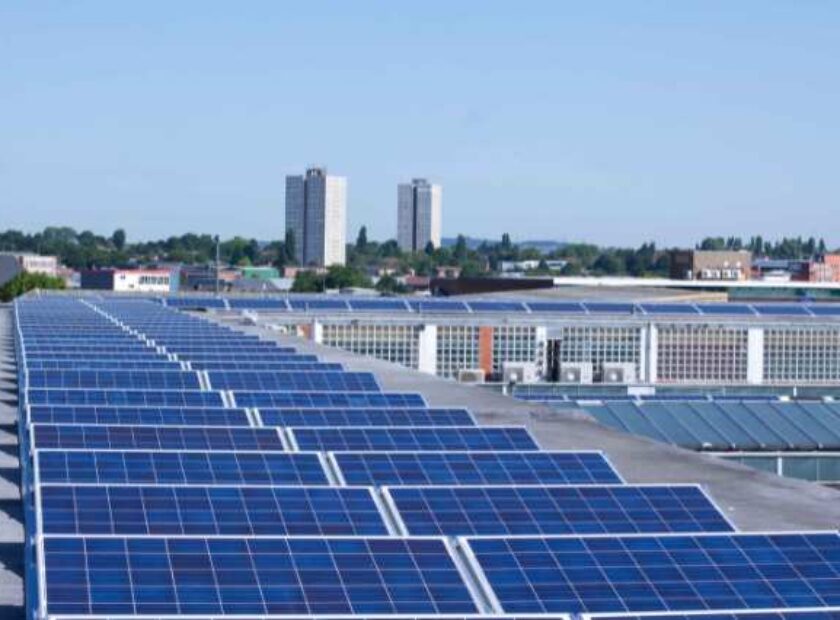What is Net Zero? How can we achieve this?

Net-zero essentially means cutting down on greenhouse emissions to a level of zero. This means contributing nothing to global warming.
According to WRI, ” Net-zero emissions will be achieved when all GHG emissions released by human activities are counterbalanced by removing GHGs from the atmosphere in a process known as carbon removal”. (Source: wri.org)
This means that the total greenhouse gas emissions in the air should not increase. This further means that we need to reduce emissions while also taking carbon out of the atmosphere.

Many governments and businesses have set a goal of achieving net-zero emissions by 2050.
The U.S. currently produces 6 Gigatons of greenhouse gas emissions each year. The amount of greenhouse gas emissions is measured in terms of CO2-equivalent, which is the amount of CO2 that would have an equivalent global warming impact as a different greenhouse gas (for example, methane or nitrous oxide). To achieve net-zero emissions across the entire United States would require reducing net emissions by an average of 0.2 Gigatons of CO2 equivalent per year over the next 30 years. If the United States were to achieve this goal, it would reduce global greenhouse gas emissions by about 10%.
( Source: globalcitizen.org)
How can you help to reduce emissions?
Well, there are many ways in which each one of us can do our bit to reduce the emissions or to achieve the Net Zero target.
- Use clean energy: microgrids are getting very popular, explore microgrids for your community, organization, campus, etc. They will not only you help achieve the net-zero target but they will also help in overall savings.
- Use electric vehicles – EVs not only help reduce the negative effects on climate but are also very economical in the long run.
- Use energy responsibly- Being more energy-efficient can reduce your costs as well as total carbon emissions.






